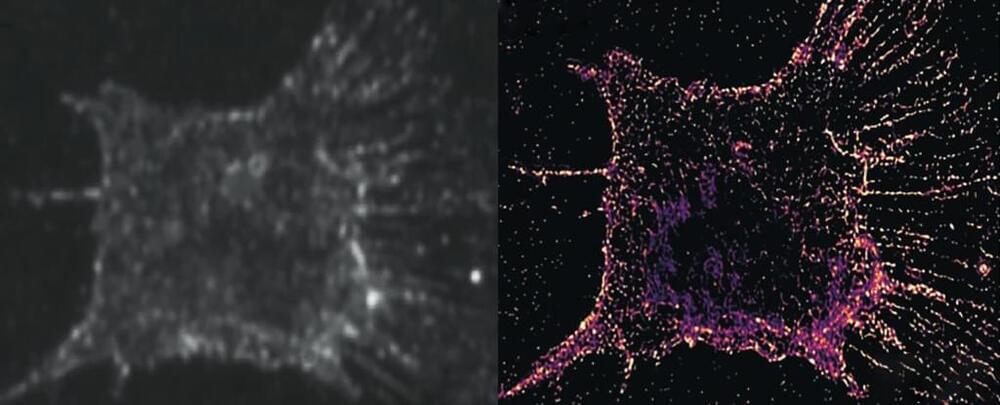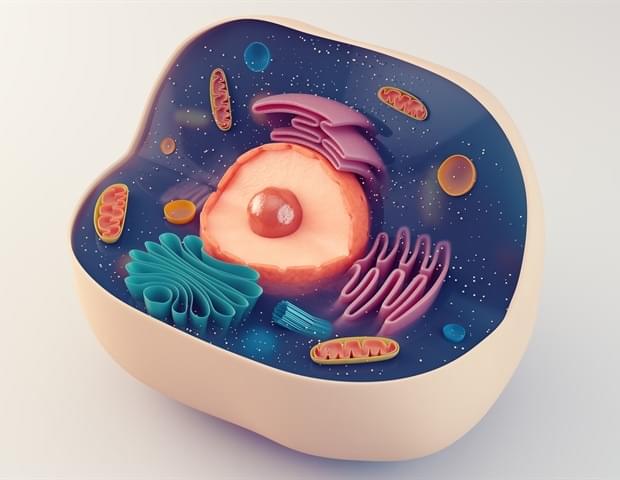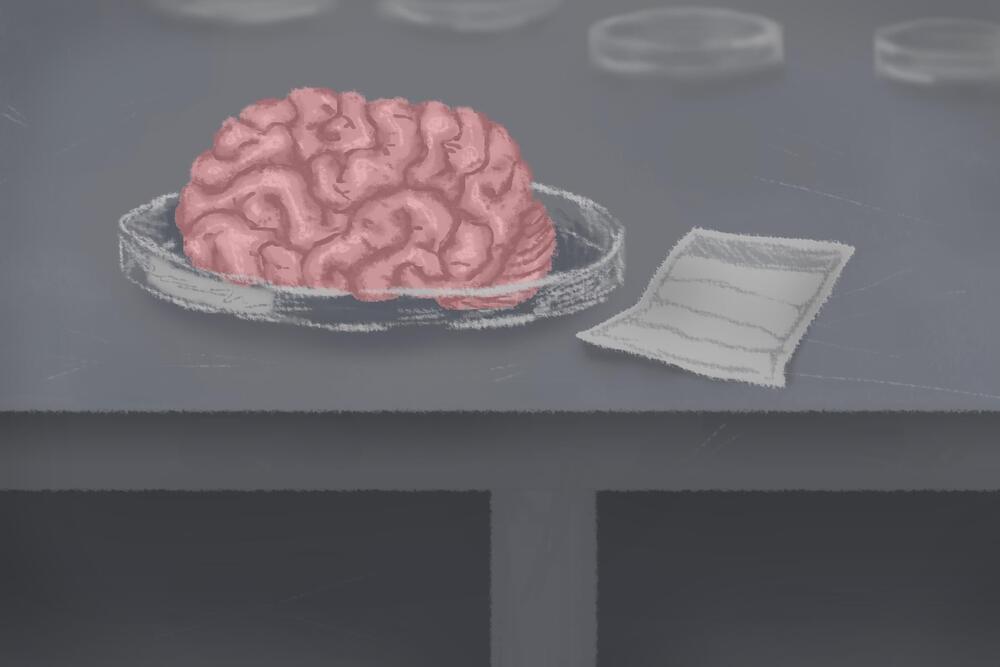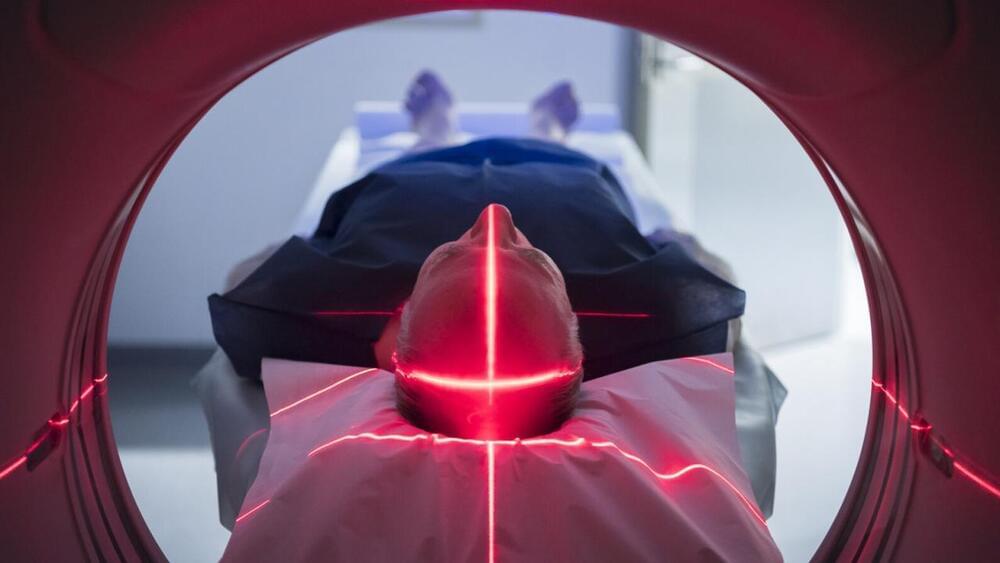Blood vessels form the transportation network within our bodies. They are streets where red and white blood cells drive. They are the delivery system to oxygenate our brain and other vital organs and muscles. There are other highways in our bodies such as our nervous and lymphatic systems, but blood vessels are the ones that are central to healthy heart function and keeping our brain supplied with oxygen. When blood vessels are compromised we can suffer a stroke, heart attack, aneurysm or die.
When usual causes of heart attacks are blocked coronary arteries. The coronary arteries supply blood and oxygen to the heart. When partially blocked people experience symptoms like angina. When blocked they can suffer a myocardial infarction, the fancy name for a heart attack.
Today, harvested blood vessel grafts from human donors or the patient are used for bypassing coronary blood vessel blockages. But researchers at the University of Melbourne believe that fabricated blood vessel tissue that can be shaped to any need would be an effective substitute for existing grafts. The team in its search for a graft alternative has combined a variety of materials and living tissue with a fabrication technique to create complex blood vessels that can serve multiple purposes.






